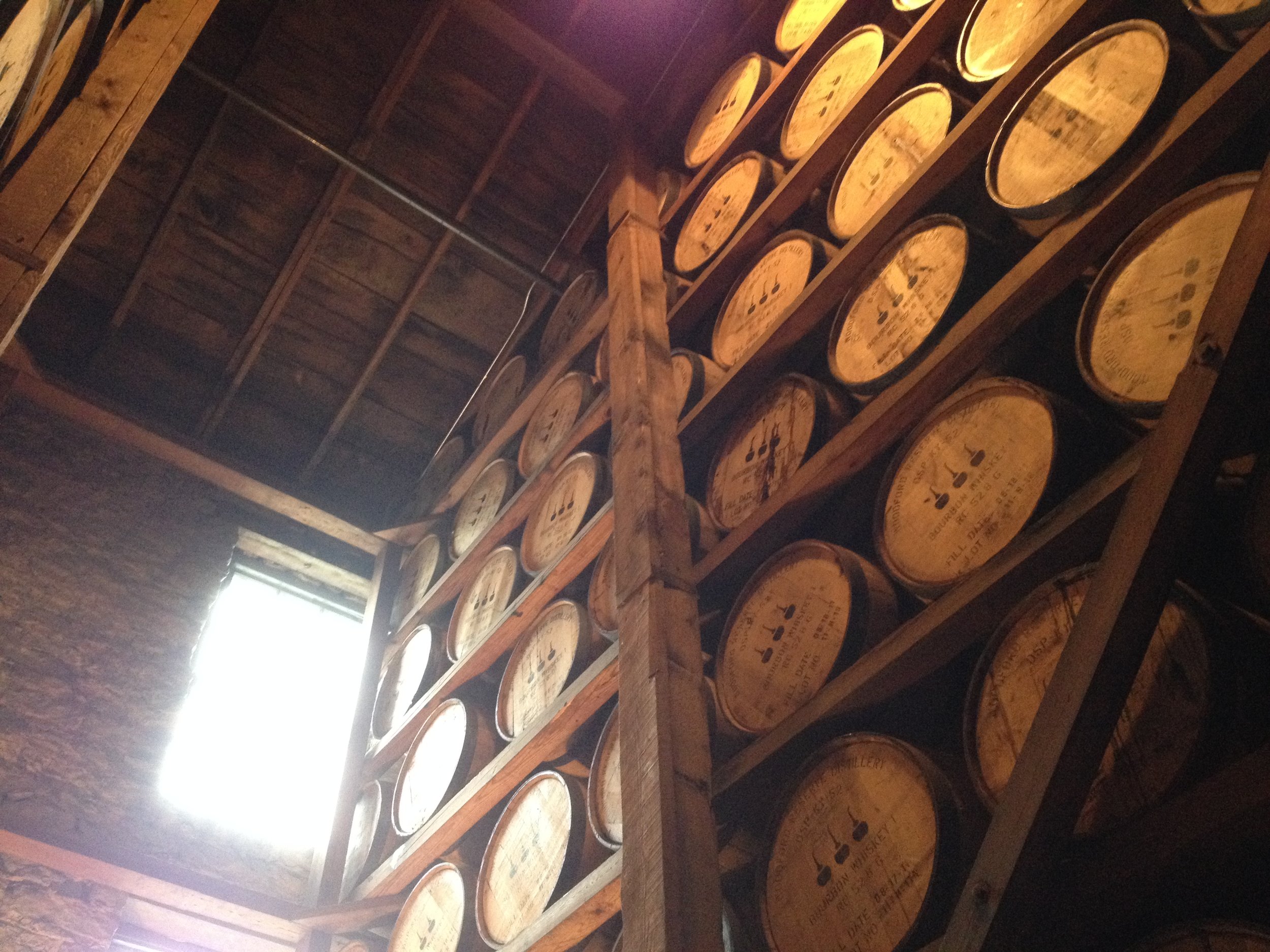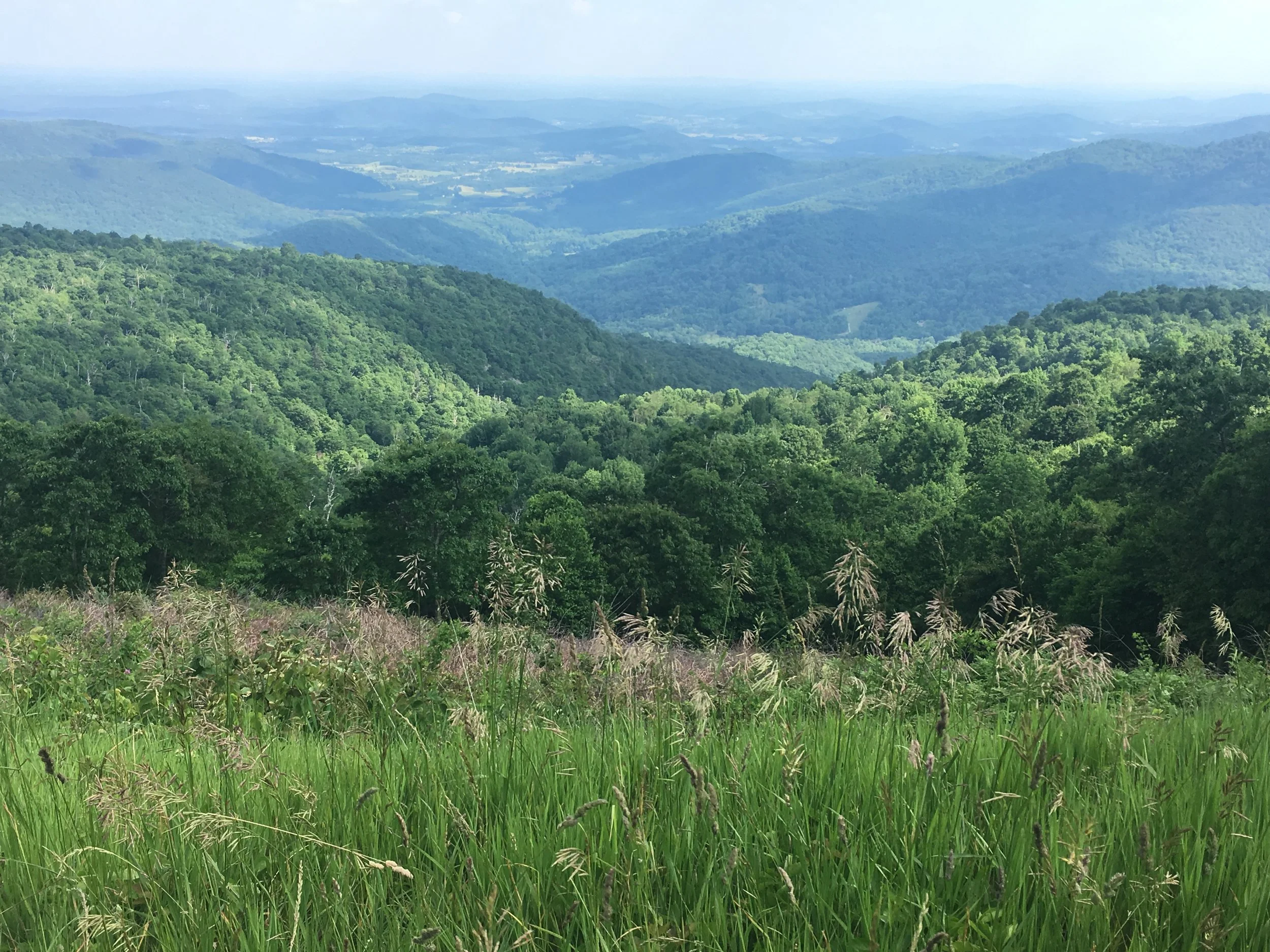24 Hours in Savannah
/I met Savannah in the rain. And just as in a movie, that made the meeting even more romantic.
A few sprinkles were already hitting the windshield of my rental car as I drove south from Charleston and detoured to Tybee Island Light Station before going into Savannah proper, during my whirlwind five-day trip to Greenville, Charleston, and Savannah. Crossing the long, scenic Islands Expressway brought me past marshland and numerous "turtle crossing" signs.
The rainy Monday afternoon turned out to be a great time to visit Tybee, which I imagine is usually chock-full of visitors. I had the place almost to myself. The complex of restored buildings at Tybee Island Light Station and Museum includes the tower itself, part of which still dates to 1773, the head keeper's cottage and assistant keepers' cottages, and a summer kitchen now housing archaeological artifacts.
It was fun to climb the lighthouse steps, even if I did get a bit freaked out on the breezy observation ledge at the top. You can see a panorama of the shoreline, the battery of historic Fort Screven, and the surrounding cottages.
Tybee Island Light.
The Tybee Island Museum is housed in Battery Garland, across the street from the lighthouse, and the entrance to North Beach is adjacent. On that drizzly afternoon, there were only a few people there, making it a perfect time to wander along the sand without dodging beach umbrellas and towels every few feet.
House on Monterey Square.
Following this hour communing with nature, I drove into the historic downtown of Savannah and checked into my bed and breakfast on Gordon Street, next to Chatham Square. Encompassing a set of adjacent townhomes from the 19th century, the Savannah Bed and Breakfast Inn is ridiculously classy. From its elegant parlors to its narrow wooden stairways to the exposed brick walls, it's a dream for a lover of old buildings.
The front desk staff was happy to suggest nearby restaurants, so for dinner I took them up on their recommendation of Local 11ten, a swank establishment in a renovated bank building at the south end of Forsyth Park. I ordered the seared sea scallops, which were delectable (I may have had a rather large amount of the exceptional table bread as well).
I began to walk back through Forsyth Park, full of good food and admiration of the live oaks that stretch overhead in this iconic Savannah green space. A woman passing by with her boyfriend complimented me on my dress, prompting an exchange of smiles and greetings. It was such a simple and friendly moment, yet one that would almost never happen in D.C., where addressing a stranger is basically considered impolite.
Rain began to fall in earnest, and as I sought to escape the downpour without leaving the park, I noticed a single dry spot on the sidewalk, where the tree branches overhead had managed to overlap. I stood there, camera in hand, in my sundress and sandals, completely dry as the rain came down all around me. It was a lovely, suspended moment. More people came by, and more words and laughter were exchanged.
Fountain and flowers in Forsyth Park.
After a while, the rain slowed a bit and I wandered on, willing to get a little bit damp in the pursuit of scenery. Monterey Square, just a few of blocks away, was especially mysterious and beautiful in the evening. Savannah's squares, I would quickly learn, are a big part of its appeal: perfect droplets of green space at perfect intervals in the grid of the old streets.
The wet brick walkways shone under the street lamps, and as the evening sky darkened, the branches of the live oaks seemed to unfurl even more over the little park. Large old homes surrounded the square, each with their unique wabi-sabi patina, and backyard gardens were visible in glimpses behind curling wrought iron gates. I felt as it I'd stepped back in time.
Monterey Square.
Eventually surrendering to the descent of actual nighttime, I returned to the B&B to take full advantage of the cookies set out every evening in a big glass jar in the parlor, climbed the antique stairs to my room, and settled in to scare myself by watching the latest episode of "The Terror." It was too late to book a last-minute ghost tour, of which Savannah has infinite options for the traveler, being reputedly one of the most haunted cities in America.
Morning brought more precipitation as I visited Congregation Mickve Israel, a community founded in 1733 by Sephardic Jewish immigrants. The current synagogue building dates to 1878, and tours of the sanctuary and the fascinating little museum space upstairs are offered every weekday, basically any time you stop by, between 10 a.m. and 3:30 p.m. Those who journeyed across the ocean to settle in Savannah brought with them a Torah scroll from the 15th century, which is on view in the museum.
Mickve Israel sanctuary.
Upon leaving the temple, another swift downpour sent me scurrying under a nearby overhang, where I stood for about 10 minutes watching water drip off the bright green leaves of someone's front yard bushes. I've never been as content to just stare at foliage as I was when sitting out the rain in various Savannah squares.
I spent the next couple of hours exploring the Cathedral of St. John, Colonial Park Cemetery, and two indie bookstores, before taking a break for lunch at the hip Soho South Cafe. By then, the sun was out, and the combination of heat and humidity made the cafe's cold ginger beer and fresh fish tacos a deeply appreciated restorative.
Live oaks draped with Spanish moss overlook Colonial Park Cemetery.
After mailing a few postcards and exploring further north in the historic district, I walked all the way back to the south end of Forsyth Park and picked up a much-needed cold brew at The Sentient Bean, a large and popular coffeehouse not far from where I'd had dinner the night before.
Regrettably, I had to head back to the airport—and when I got back on the interstate, the clouds opened up once more and the rain came down in a blinding white sheet. This part of the trip was not romantic. I prefer dripping live oaks to the spray of speeding tractor-trailers.
My time in historic Savannah was all too short, but I can't wait to return and see more. It's our first impressions that linger when we think of a place, and my Savannah has the sheen of rain on trees and old brick, the softness of evening, and the warmth of friendly faces.


























































